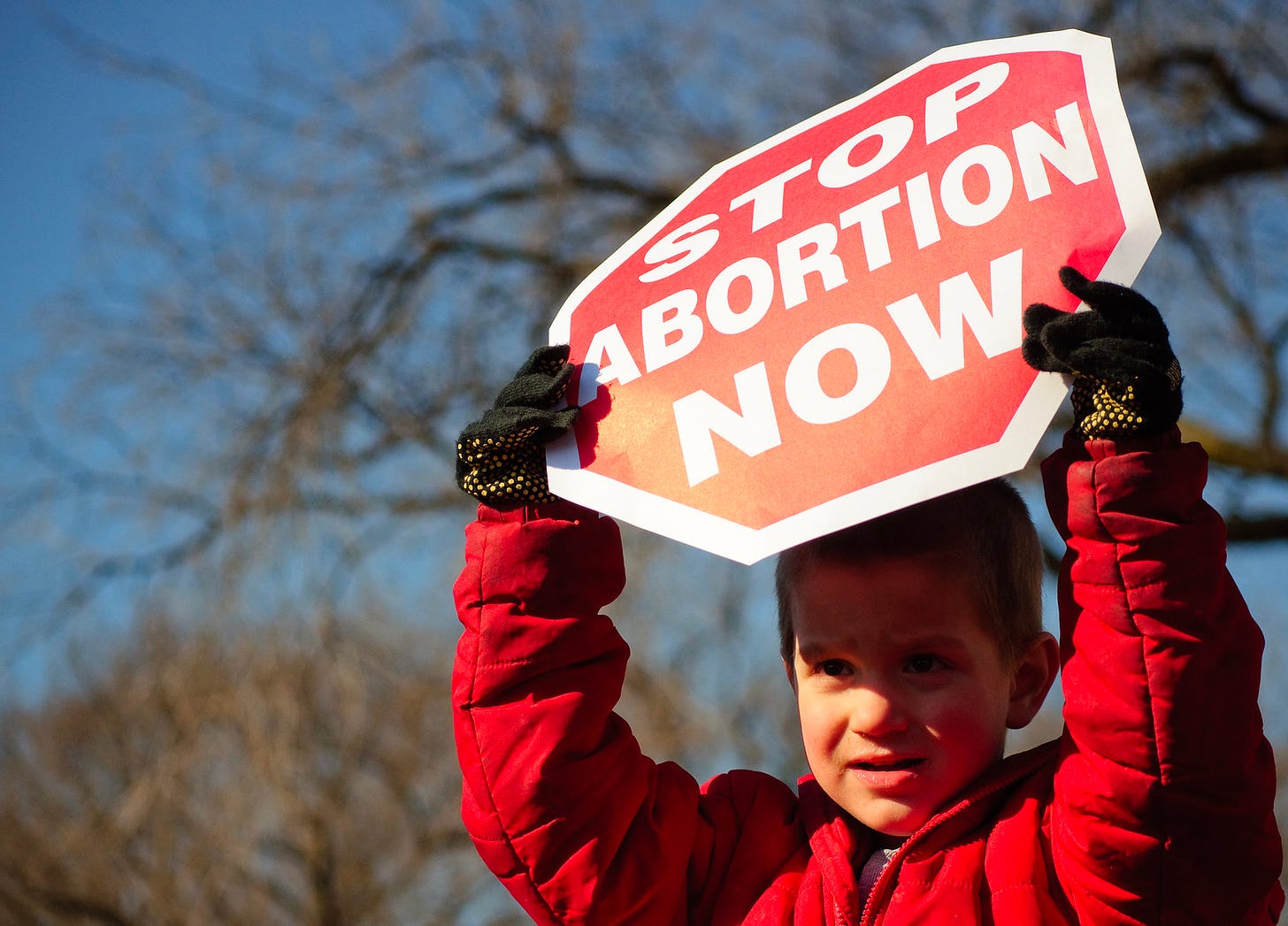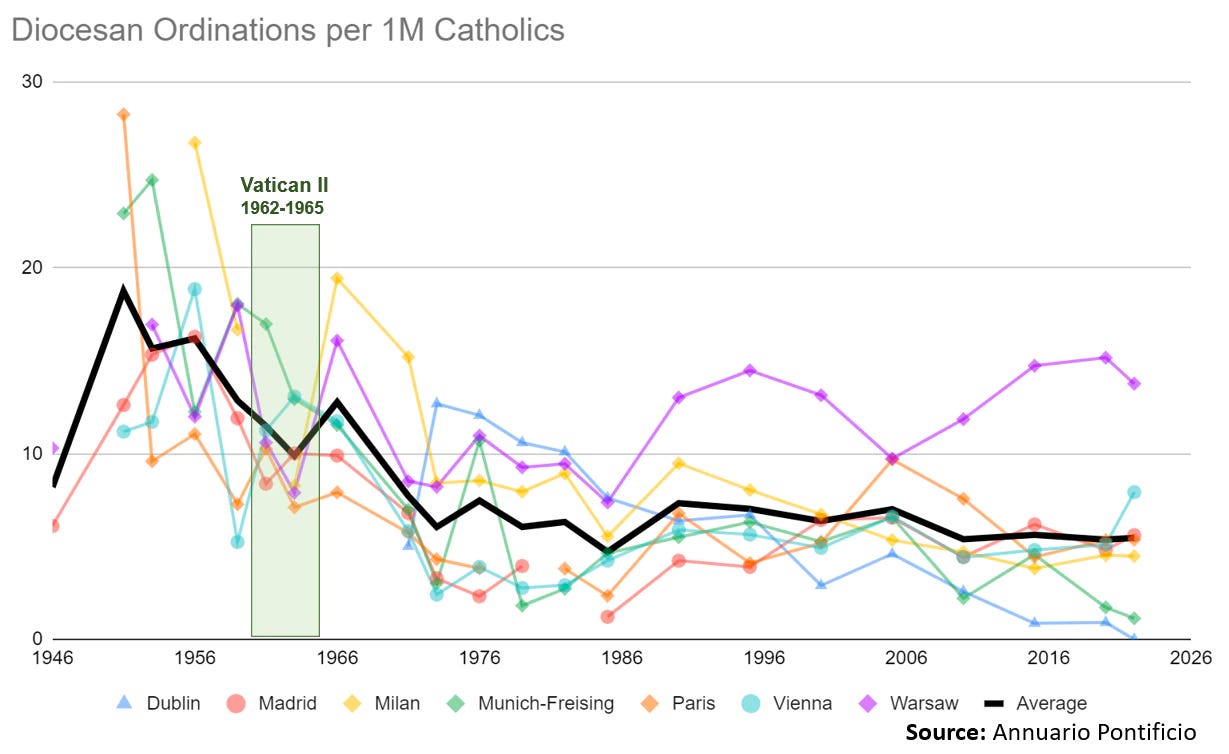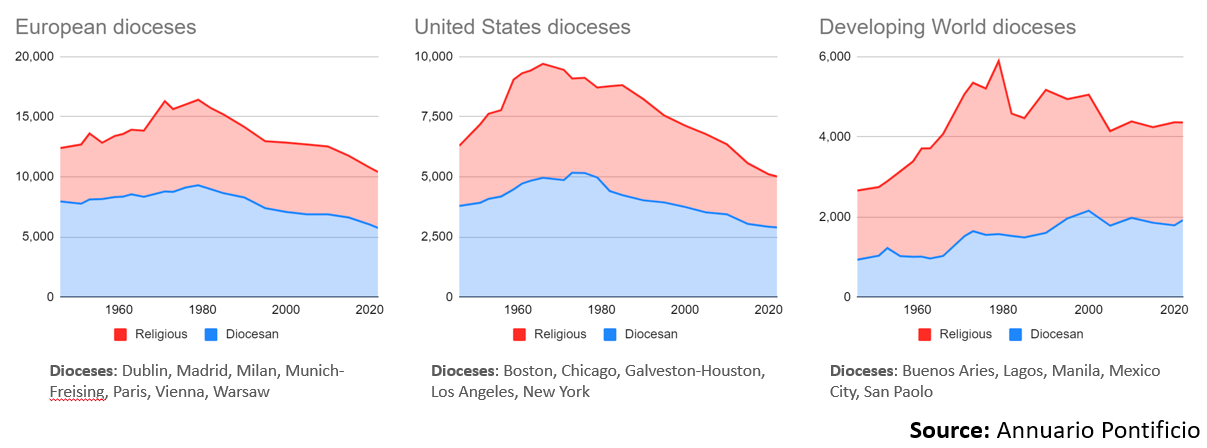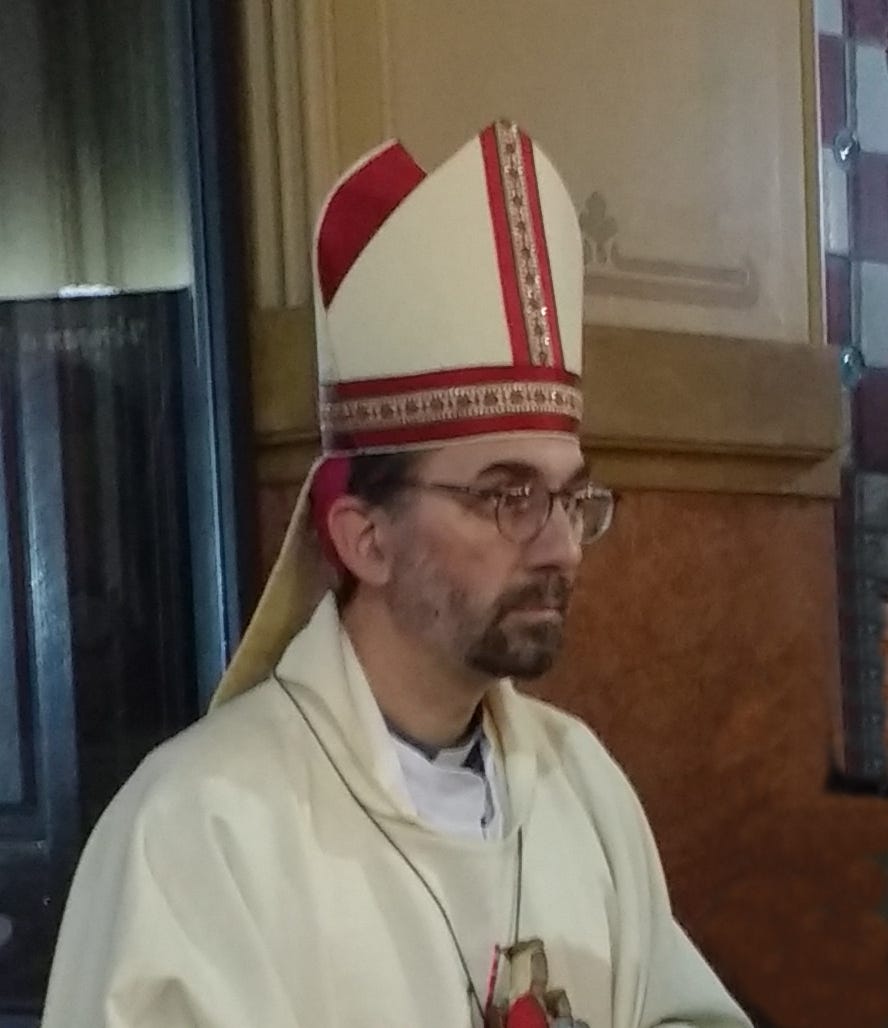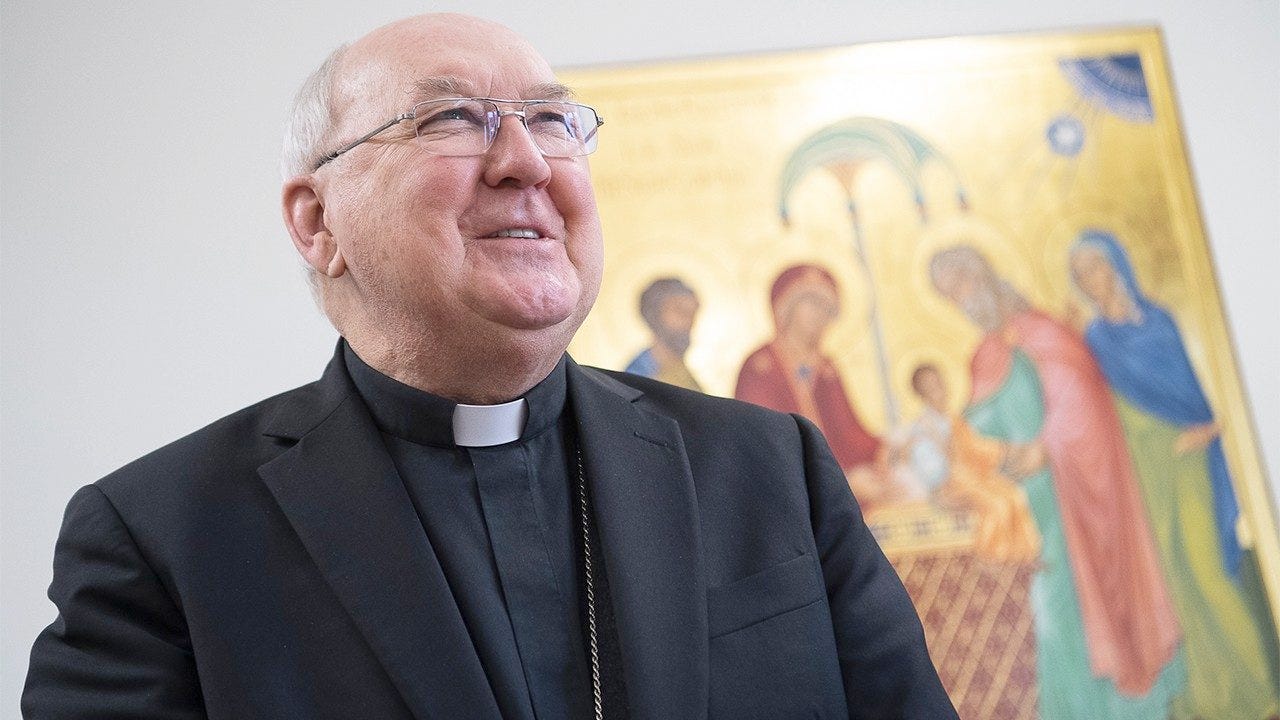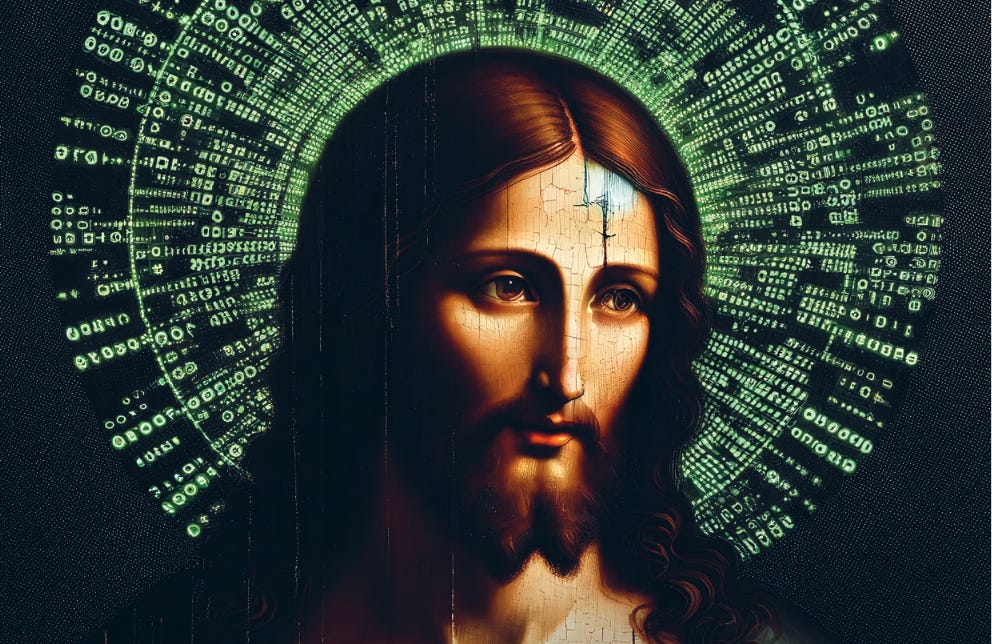Hey everybody,
Welcome to the Tuesday Pillar Post. Today is the feast of the apostles St. Philip and James. May they intercede for us, and for our Church.
I’m betting that most of you this morning are keen to read about Roe vs. Wade and the Supreme Court, and so am I.
If you haven’t seen it yet, Politico published last night a draft decision, written by Justice Samuel Alito, which would overturn Roe v. Wade. The draft was confirmed this morning by Chief Justice John Roberts, as authentic, but not a final decision.
If it becomes the official majority opinion, the text will find that Roe v. Wade was “egregiously wrong from the start. Its reasoning was exceptionally weak, and the decision has had damaging consequences.”
The reasoning and standards established in Roe “resemble[d] the work of a legislature,” rather than a court, Alito wrote.
The decision is only a draft, written in February, when it was identified as a working opinion for the majority in the court’s Dobbs v. Jackson’s Women’s Health.
According to Politico, the draft opinion had the support of Alito, its author, along with Justices Thomas, Gorsuch, Kavanaugh, and Barrett. Justices Sotomayor, Breyer, and Kagan would dissent. What’s not clear is how Chief Justice Roberts - who has ordered an investigation into the leak - will vote in the landmark case.
In fact, there is some speculation that the draft decision leaked out of the Court specifically for Roberts. Some speculate that the protests and vitriol already being leveled against the draft decision are intended to convey to Roberts, always concerned with the Court’s “legitimacy,” that he shouldn’t join the majority — and maybe even to persuade another justice to drop from the opinion.
Others, though, have speculated that the leak was intended to convince Roberts to join the majority, where, as Chief Justice, he could write a less-scathing decision, and one which might not so completely eviscerate Roe and its reasoning.
A few days before the leak, I found myself talking with some informed Constitutional scholars, who speculated that Roberts would stay with the majority in order to write a milder opinion than Thomas or Alito would write. Those scholars said the power of a potential 6-3 decision should not be underestimated, even if the decision ends up being less rhetorically direct than Alito’s draft text.
With or without Roberts, though, it does seem pretty likely that the Supreme Court is actually set to overturn Roe v. Wade, sending abortion policy decisions to state legislatures. That’s the been the first-stage goal in almost all political pro-life advocacy since 1973, when Roe was decided.
The decision will intensify the massive protests already taking shape in the nation’s capitol, and localize pressure over abortion to the “purple states” where the legislative outcome on abortion is not already resolved.
Abortion occupies a unique place on the American political and social landscape, and overturning Roe isn’t going to change that. In a fractured and fractious America, we should expect that overturning Roe will be followed by massive backlash, challenges to legitimacy of the government itself, and, if recent history is any predictor, the possibility of real political violence.
The Church will have to find her way in all of that — abortion has also occupied a unique place in the life of the Church in the U.S., and that’s not going to change, but what it looks like will inevitably shift.
We’ll be reporting in the days and weeks to come what all of this will mean for the life of the Church, and her pro-life efforts across the country.
‘The first right of the human person’
It is worth noting from the outset what the Church actually teaches about abortion policy. It is obvious that abortion is a grave moral evil which ends a human life. It is obvious that Catholics should do everything they can to work to end abortion.
But not everything that is immoral needs to be illegal. So the Church speaks directly to the question of whether abortion can be legal: “A law which would admit in principle the liceity of abortion is in itself immoral,” the CDF said in 1974.
The CDF said later that “As a consequence of the respect and protection which must be ensured for the unborn child from the moment of his conception, the law must provide appropriate penal sanctions for every deliberate violation of the child's rights.”
That’s unambiguous.
The CDF does not say who should face those penal sanctions - and Catholic ethicists have most often called for laws which penalize doctors who perform abortions, not women who undergo them - but the text answers directly what the Church teaches about possible justification of the legal protection for abortion.
Why do I raise this?
Because as the temperature rises, there will be arguments among Catholics about whether there really needs to be an effort to end legal protection for abortion. Some Catholics will argue that we should work to end the causes of abortion (which the Church also endorses directly) but that the fight over legality isn’t worth the cost for the country. Less insightful commentators will raise canards which say regulating abortion is an imposition of Catholic moral teaching — even while the Church herself says that the immorality of abortion is starkly knowable by reason, without the aid of divine revelation.
There will be some arguing that making abortion illegal doesn’t actually lead to a decreased number of abortions, and is a useless or counterproductive proposition.
In that context, it’s worth understanding that the Church has been clear about the legal issue itself:
“The first right of the human person is his life. He has other goods and some are more precious, but this one is fundamental - the condition of all the others. Hence it must be protected above all others.”
(We actually did an explainer on this back in September, and it’s worth reading now.)
—
One other note on this. There has been a lot of talk about the unprecedented nature of a leak out of the Supreme Court. It is true that, as far I can tell, the text of a draft decision has not previously leaked out of the Supreme Court before it was issued.
But the history of Supreme Court leaks is pretty fascinating. Outcomes have been reported ahead of decisions before — including the outcome and vote count of Roe v. Wade itself, which was reported by Time before the decision was published by the court.
If you’re interested, you can read about the history of Supreme Court media scoops in this tweet thread:

The news
Ok, there are other things going on in the life of the Church, some of which we’ve reported in recent days, while we remain at work other emerging and important stories.
Ukrainians and the Vatican
The Pillar’s Ukrainian correspondent, Anatolii Babynskyi, reported last week that Catholics in Ukraine say they are looking for more support from Pope Francis, after frustration over the pope’s ecumenical overtures toward Moscow’s Orthodox Patriarch Kirill, and a Vatican decision to invite Russian and Ukrainian women to participate together in a station during the papal Way of the Cross on Good Friday.
Babynskyi makes it a point to speak with people on all sides of the issues in Ukraine, and this excellent report is no exception. But some Ukrainian observers spoke very directly. One Catholic political scientist in Ukraine told The Pillar that:
“The position of the Vatican concerning the Russian-Ukrainian war is veiled, and that looks like a sacrifice of truth for the illusory profit of Ostpolitik.”
“It is difficult for me to judge why they choose that, because such a policy will not bring any benefits to the Catholic Church. If there was a hope that Kirill would act as a partner in achieving global goals, or as a person who would help in the negotiations with Putin, it is an illusion, because he is not the person on whom something depends.”
“[Kirill] cannot speak on an equal footing with Putin because the Church in Russia, especially under Kirill, has become 100% dependent on political power and works as its servant. He is a mouthpiece of Kremlin policy, not a moral authority that can solve some humanitarian issues.”
Today, as it happens, the pope’s rhetoric on the war - and Kirill particularly - has changed. In an interview published May 3 with Italian newspaper Corriere della Sera, Pope Francis said that when he spoke in March with the Moscow patriarch, Kirill spent time trying to justify Russia’s invasion of Ukraine, while Francis pushed back, and urged the patriarch to work to end the war.
In his most direct statement on Kirill’s complicity in the invasion, Francis said that “the patriarch cannot become Putin’s altar boy.”
The pope also said he has requested a meeting in Moscow with Vladimir Putin, for the sake of asking the Russian leader to end the war. Putin is not likely to take the meeting.
Will the pope’s change in rhetoric change Ukrainian perspectives? Will he keep it up? If you want to find out, keep reading The Pillar — we’ll keep you posted.
And if you know you can count on us for news and analysis when you need it:
‘Merciful relief’
The Pillar reported this morning on a letter sent in September from almost 20% of diocesan priests in the Diocese of Knoxville to Archbishop Christophe Pierre, the papal representative to the United States.
The letter raised a series of concerns about the leadership of Knoxville’s Bishop Rick Stika, ending in an “appeal for merciful relief—in whatever form is judged possible and appropriate—from the sufferings we’ve endured these past twelve years. We have no recourse other than the Holy See.”
The signers of the letter have not yet received a response from the nuncio. The letter is part of an unfolding series of controversies for Stika, who faced Vos estis lux mundi complaints over mishandled assault allegations, was found to given thousands in diocesan cash and travel costs to a seminarian serially accused of sexually misconduct, and is facing a couple of lawsuits over his leadership.
While the scandals have unfolded over the past year, to date, the Holy See has not responded, raising questions for many Catholics about the transparency and accountability promised in the wake of the McCarrick scandals.
Absent information, Catholics - in Knoxville and further afield - are left to wonder whether the allegations against Stika are unimportant to Vatican officials, or whether the bishop’s association with Cardinal Justin Rigali leaves him invulnerable to accountability. The bishop himself insists that the charges against him are all a misunderstanding caused by a few disgruntled priests.
But it’s not just pernicious media outlets like The Pillar raising questions. As we reported this morning, the diocese’s own priests have plenty of “grave concerns,” and have asked Pierre whether they “rise to a level of concern for Your Excellency?”
Vocations crisis?
The USCCB and the Center for Applied Research in the Apostolate announced yesterday a demographic report into the 419 men who will be ordained priests in the United States this year: They are, on average, 33 years old, 20% are Hispanic, 26% are foreign-born.
But first, we took a step back from the immediate, to look at ordination trends around the world since the 1940s. As a caveat, we’d love to look further back than that - and we appreciate that World War II has had some impact on the trends of the 40s and 50s - but it gets very difficult to track reliable data from before the Second World War.
It is, in fact, difficult to track data going back even that far, but when you subscribe to The Pillar, you make it possible for The Pillar’s Brendan Hodge to hit the stacks, scouring old record books and putting together some great syntheses. And that’s exactly what Brendan has done this week.
It’s often said that Vatican II led to a significant decrease in the number of priestly ordinations, and Brendan found that to be true in the immediate post-conciliar period. But he also found that priestly ordinations around the world were dropping in the years before Vatican II — and the big picture is worth understanding.
Here are the trends in some European dioceses:
And here’s five major dioceses in the U.S., where vocations were decreasing before the Second Vatican Council, but dropped even more quickly in the 25 years after — even while they have stabilized somewhat in recent decades:
Here’s a look at shifts in the ratio of diocesan and religious priests:
I love these statistical deep dives. This one offers a clear picture of the overall trend in priestly vocations over the past seven decades. If the Church is making strides to become more “missionary” in places where Christian practice is ever-less commonplace, the numbers give us a good sense of what we’re working with.
Finally
I’ve listened since I was young to pro-life people say that Roe v. Wade would be overturned in my lifetime, and I’ve been skeptical until, well, last night. Truth be told, I’m still skeptical. As the Dobbs case processed through the Supreme Court, I’d assumed that the political violence and social unrest of 2020 would deter the court’s justices from a decision that will prompt very serious social dissension in the American republic.
And with the leak of a draft decision, they’ll get a preview of that dissension before they issue their decision.
Supreme Court justices are really just people with gavels, as it were, and it’s possible that dissension will dissuade from their reasoned legal positions. We’ll only know when the Court issues its decision — and we should assume that many members of the Supreme Court are now eager to publish a decision as soon as they possibly can.
Overturning Roe v. Wade will reshape some of the political landscape in the U.S. very quickly — Ed wrote this morning about how it might lead to a new place for pro-life Democrats in their party — but it will not be the end of political fights over abortion, or of the Church’s far broader call to build and inculcate a culture of life. That’s a charge that requires ongoing personal conversion and witness.
This morning, though, I’m taking a moment to pray for those souls of Catholics and other pro-life people who didn’t live to see the possibility of a major milestone on abortion, and who worked — really worked — to end or prevent abortions in this country, through things like sidewalk counseling, running crisis pregnancy centers, or their prayers and fasting.
A friend suggested that everyone who works to end legal protection for abortion might also set up a recurring online donation to a crisis pregnancy center, or set up their Amazon account to send a box of diapers to a women’s shelter. That’s not a bad idea at all, is it?
We should be gearing up for a lot to happen between now and when a decision is published, and The Pillar will be covering it — and we’ll be covering what it will mean in the Church’s life if the decision really does overturn Roe v. Wade. So keep reading.
And, if you’re new to The Pillar’s mailing list, and you think journalism like this matters, please know:
Meanwhile, let’s pray for our country, for the unborn, and for their mothers.
Be assured of our prayers, and please pray for us — we need it.
Yours in Christ,
JD Flynn
Editor-in-chief
The Pillar

